Description
Overcoming Head & Neck Cancers
The Promise of Photodynamic Therapy and Other Innovative Therapies
Head and neck cancers refer to a broad group of cancers that occur in the head and neck region. As a single group, these cancers currently rank fifth in incidence among all cancer types worldwide and account for more than half a million new cases annually. Men are two to four times more likely to be diagnosed than women. Overcoming Head & Neck Cancer: The Promise of Photodynamic Therapy and Other Innovative Therapies highlights a new approach to the treatment of lung tumors, one rooted in the astounding cancer-fighting potential of Photomedicine (light-based medicine). Though the therapeutic applications of light date back many centuries, it is only within the past few decades that high-tech developments in laser technology as well as non-laser light have enabled the medical profession to realize the true healing potential of light.
Overcoming Head & Neck Cancer is divided into four parts: (1) Understanding and Treating Head & Neck Cancer; (2) The Photomedical Approach to Head & Neck Cancer; (3) Promising Research Directions; and (4) Long-Term Control: Lifestyle Factors for Preventing Recurrences and Sustaining Remissions.
Part 1 focuses on the major risk factors for head & neck cancers, as well as the different cancer types and critical diagnostic and treatment issues. Parts 2 and 3 will likely attract the greatest attention, as these parts present the various applications of Photomedicine while also explaining how such applications can either enhance conventional treatments or compensate for some of the limitations of those treatments. In addition, a number of innovative therapies are considered that could further bolster the effectiveness of Photomedicine strategies.
As presented in Part 2, a special focus in this ebook is the photodynamic diagnosis (also called photodiagnosis) of Head & Neck Cancers. Many tumors are first detected only after they have become bothersome or symptomatic. At that point, they have had ample time to mutate and evolve into a more entrenched or potentially aggressive disease. Had these malignant growths been detected sooner, they may have been treated more effectively. This is where the as photodiagnosis approach comes into play.
An excerpt from the ebook:
“As you might have guessed, photodiagnosis involves the use of light and tissue fluorescence for diagnostic purposes. The basic principle is that abnormal tissues—whether cancerous or precancerous—will glow or fluoresce upon exposure to specific wavelengths of light. This enables the physician to literally see where the abnormal tissue is. German scientists first recognized the value of this method for detecting abnormal growths in the early 1900s. As a logical extension of PDT, the photodiagnostic approach uses photosensitizers that selectively concentrate in cancerous tissue and fluoresce when exposed to light.
“The reason light is so helpful in this photodynamic context is that it can detect both small tumors and clusters of cancer cells that have not yet grown into a visible tumor. And, as alluded to above, photodiagnosis can even pick up pre-cancerous or dysplastic growths. Again, catching cancer in its earliest phases of evolution, well before it has a chance to become malignant, can set the stage for curative treatment. PDT is often a great treatment choice for these early-stage situations, and it is a logical complement to photodiagnosis.
“Photodiagnosis has also shown considerable promise for laryngeal cancer. The use of 5-aminolevulinic acid (ALA) as a photosensitizer results in elevated tumor concentrations of a natural compound called protoporphyrin IX (PP-IX), which glows or fluoresces upon exposure to light. The selective accumulation of PP-IX, coupled with fluorescence imaging, enables the physician to differentiate healthy tissue from tumor tissue—in this case, superficial laryngeal and pharyngeal tumors….
“The best photosensitizers for tumor detection show a high fluorescence yield, high selectivity for cancerous tissue during the first 24 hours after administration, and rapid elimination from the body (to minimize photosensitivity). Many so-called second-generation photosensitizers are beginning to show promise in this regard. These agents have a low risk of side effects, are easy to administer, and seem to be diagnostically useful because they accumulate so readily in tumor tissues…. As a novel method of tumor detection, photodiagnosis could play a key role in the medicine of the future.”
Part 4 highlights the salient role that diet and lifestle may have on one’s prognosis or treatment outcomes. For example, it is clear that certain foods have potent tumor-inhibiting properties, including cruciferous plants such as cauliflower, broccoli, and cabbage. A strong anti-cancer diet combined with other lifestyle changes (avoiding alcohol and tobacco smoke) may prevent or delay the development and progression of head & neck cancers. Smoking after a cancer diagnosis has been linked to poorer survival and an increased risk of recurrence, second primary malignancies, and treatment complications
The ebook’s appendix includes a special discussion about two light-sensitizing substances, a dietary supplement called Bremachlorophyll, and a unique medicine called Bremachlorin. Because of its diverse effects against cancer, Bremachlorin-PDT is likely to revolutionize the way Photomedicine is incorporated into modern cancer treatment. Bremachlorin-PDT has already demonstrated impressive benefits for patients with lung cancer, as shown in Part 2 of this ebook.
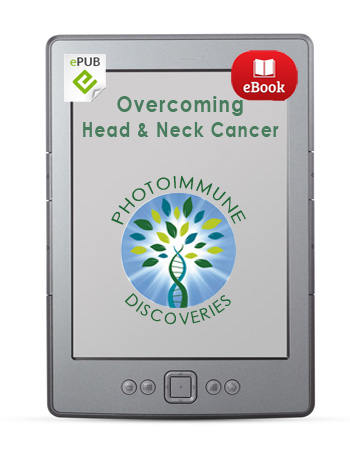
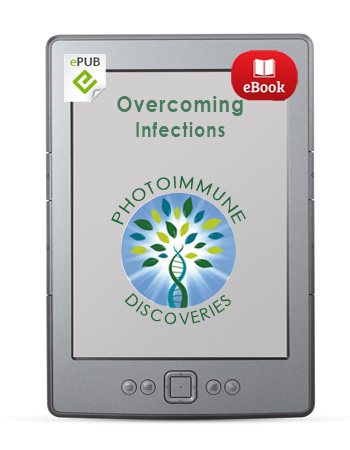
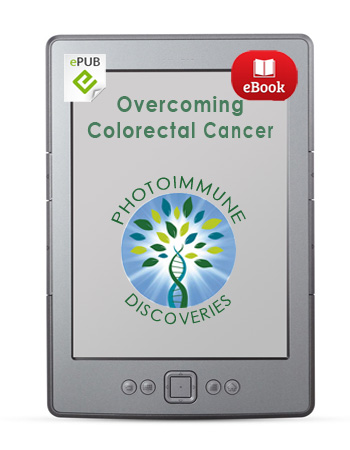
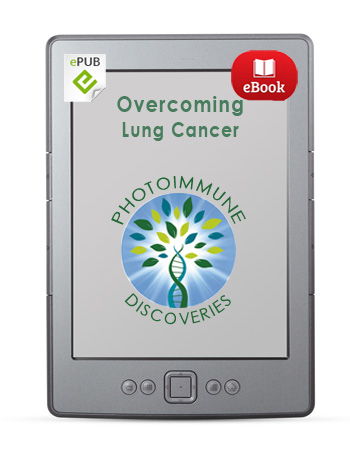
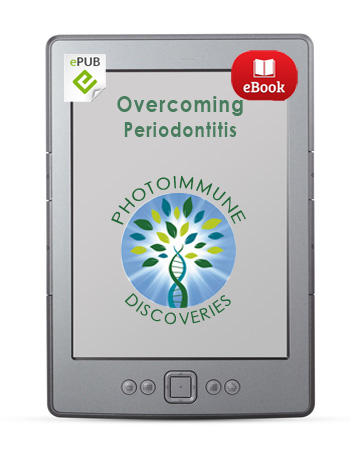

 English
English Français
Français Deutsch
Deutsch Nederlands
Nederlands